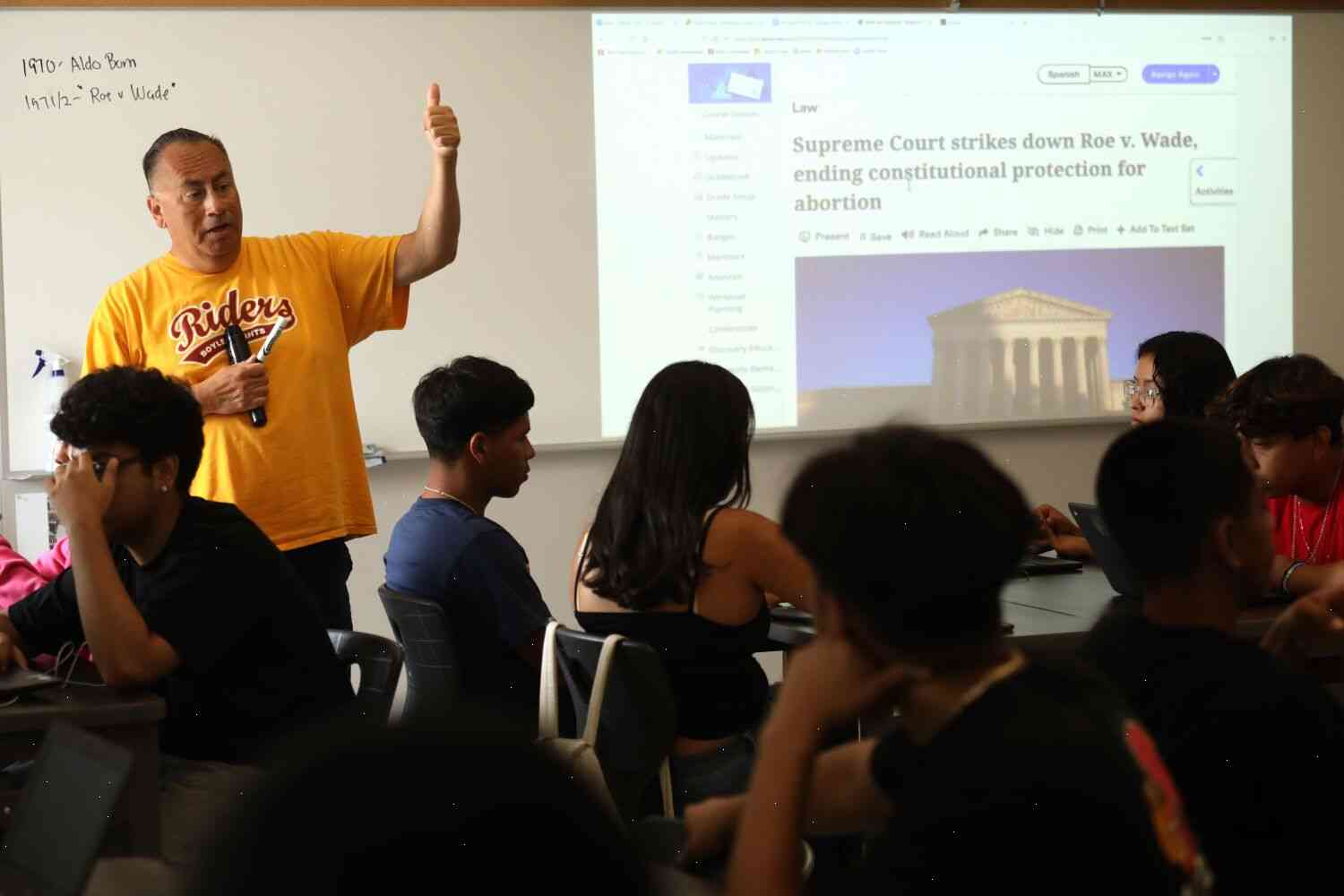‘Media literacy’ advocates push to create savvier consumers of news and information
The media literacy program at the Center for Communication Programs at the University of Delaware recently launched an initiative to help individuals better understand key elements of news media and what makes them tick.
The new course, “Media Literacy: A Practical Guide,” is designed to provide individuals with the skills necessary to engage with news media, and to develop a critical mindset—both necessary skills for those seeking to inform themselves about the news media.
“As a journalist and a news media professional, I often find myself asking myself, ‘For the love of Pete, what do I do now?’” says John McEnroe, a New York-based journalist and the Center’s program coordinator. “We have to make a concerted effort to help people understand what’s happening in the news.”
The course, which is currently in its first four weeks, will teach students how to navigate the ever-changing landscape of news reporting, as well as how to find and analyze interesting media stories and to make educated decisions about what matters. Courses will also teach students how to gain access to reliable and objective information by analyzing media sources, including Google News, World Press Freedom Index, and Google News alerts. (The full course and syllabus can be found by clicking the course link:
A recent study by University of Delaware researcher and media literacy expert James Corbett, Ph.D., found that nearly 50 percent of the news media were classified as “outrageously biased,” while another 20 percent were deemed “unsafe” for those seeking objective information.
“The media landscape is constantly changing,” says McEnroe. “But what’s constant is that we need to better identify where bias does exist and provide consumers with the tools necessary to be more aware of what’s being

